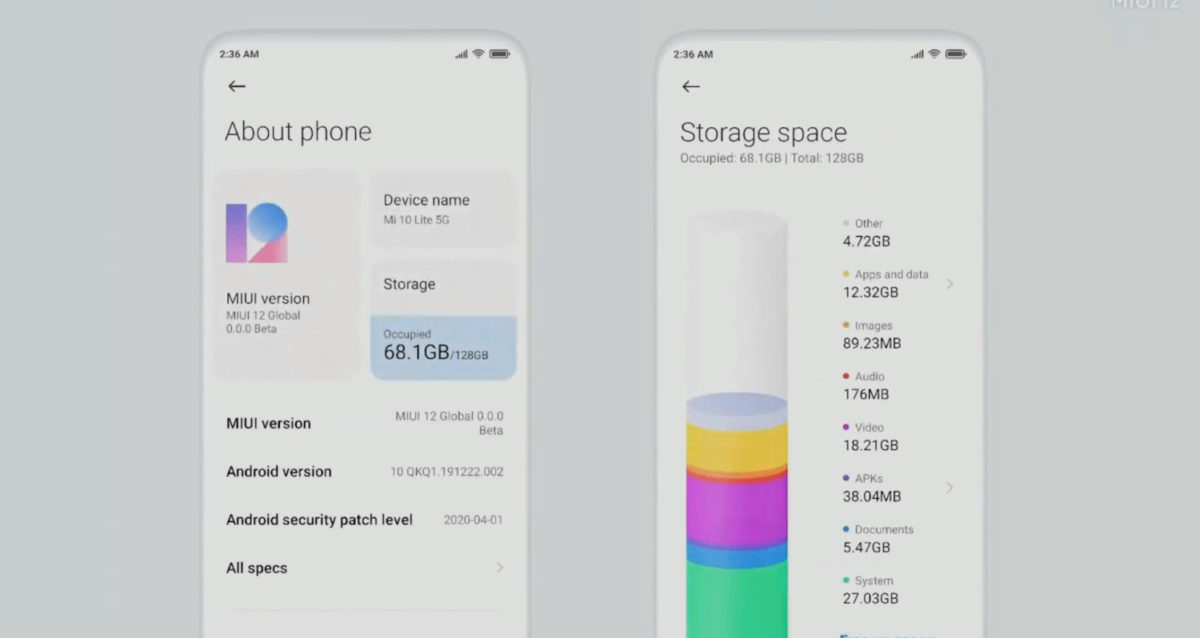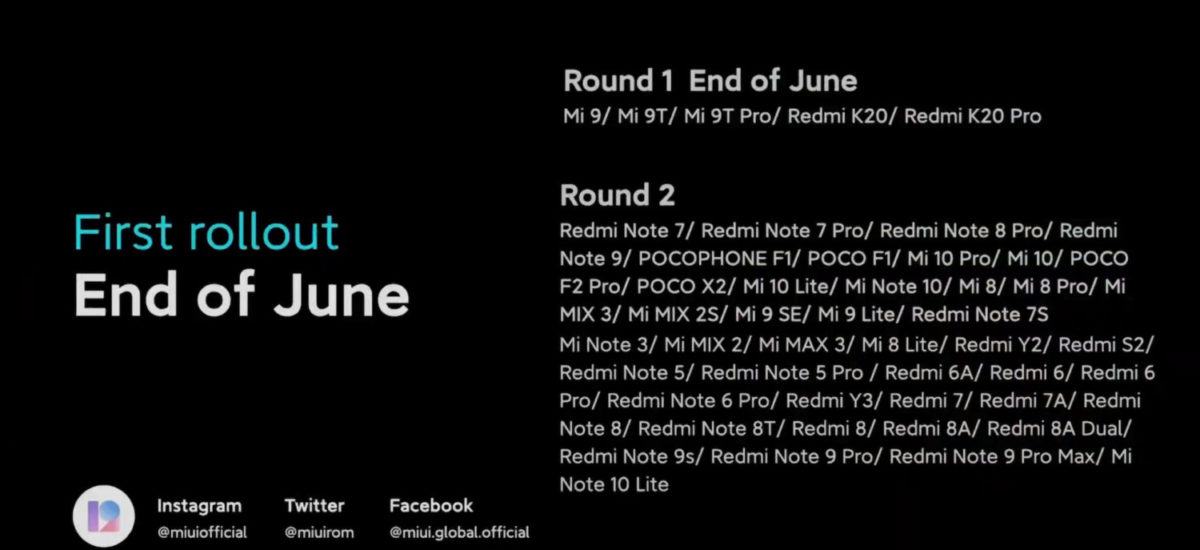As with every product on the market, user experience is key to harnessing customer satisfaction and loyalty. Xiaomi’s latest Android skin MIUI 12 looks to work towards that, introducing a new host of features that include tighter privacy measures, enhanced multitasking capabilities, lifelike visuals, among others.

Initially thought to roll out on 27 April 2020, the UI was finally unveiled in a first-ever worldwide online launch event held by Xiaomi earlier today on 19 May. Both existing and new features took to the stage, with heightened protection being one of the main highlights of the stream.
Privacy, in the current age of technology, is something that individuals take seriously, and with good reason. Building upon the company’s belief that users have the right to be informed of, and have control over privacy, MIUI 12 comes armed with the enhanced permission control feature in tow, which allows permission to be used only while accessing a particular app. The restriction extends to seven data-sensitive settings including contacts, location, and camera, the last of which also allows users to remove sensitive information before sharing photos – a smart element that’s turned on by default.
Multitasking has been taken up a notch as well. Instead of its predecessor’s split-screen feature, the new skin sports floating windows that can be minimised, and/or pinned to any four corners of the screen. It’s not exactly the most novel introduction on the market, but it most certainly is handy: Imagine scrolling through Instagram, and a message pops up. Rather than switch between apps, you can either choose to reply through the small window, or shove it aside for the time being, and continue browsing the app without interruption. Alternatively, you could leave a video running in the background, and look up information at the same time with little fuss.
With MIUI 12, casting is further refined. The new skin boasts built-in casting tools that allow for universal casting across videos, images, games, documents, and even apps, making it especially useful for work presentations and conferences. But things can get awkward when notifications accidentally pop up, and this is where the private casting option helps – all notifications will only be shown on the phone itself, and not on the big screen. As with the usual Internet of Things ecosystem, casting will be compatible with the Mi TV, and others that support the brand’s proprietary wireless screen mirroring technology Miracast.

The visuals, meanwhile, have gone through an overhaul to adopt an informative, lifelike aesthetic. Data for storage space, for instance, is now presented in a 3D cylindrical form, while battery usage can be viewed at a different 3D angle. A slate of new animation has been added to MIUI 12, with the weather app reflecting real-time changes based on the day-night cycle. Complementing this dynamic feature are the Super Wallpapers, where the backdrop changes with time. This means that users will be able to view 3D images of Mars with the Mars Edition, or iconic landmarks on the globe like terraced rice fields, and the Greenland glaciers with the Earth version.
Other features include the Ultra Battery Saver mode that allows the phone to supposedly last five hours on 5% charge, a universal Dark Mode that grants Dark Mode on third-party apps like Facebook, and improved accessibility to themes, which have been made available in 215 regions in 71 languages.
MIUI 12 will undergo two rollout phases. The first is scheduled for end-June this year, with beta testing going live next week. The first models set to grace the new UI are the Mi 9, Mi 9T, Mi 9T Pro, Redmi K20, and the Redmi K20 Pro, followed by the below names for round two:














